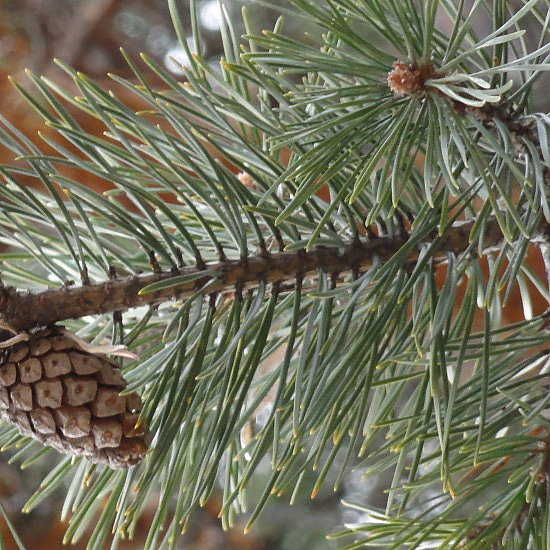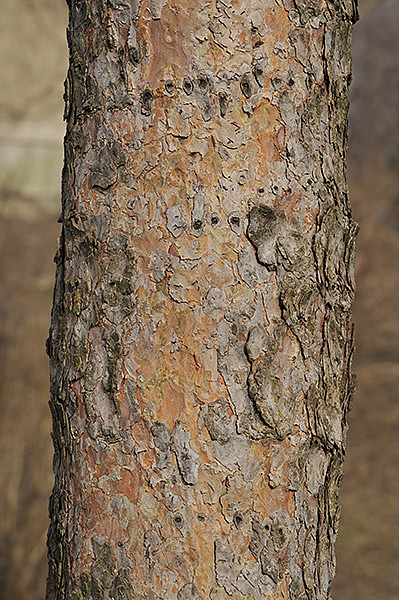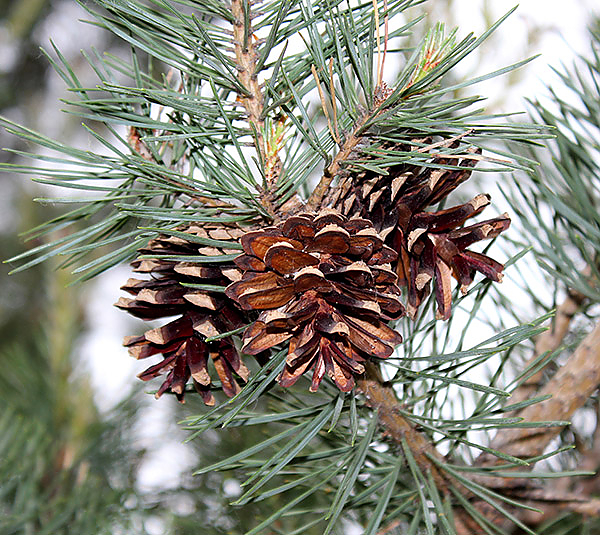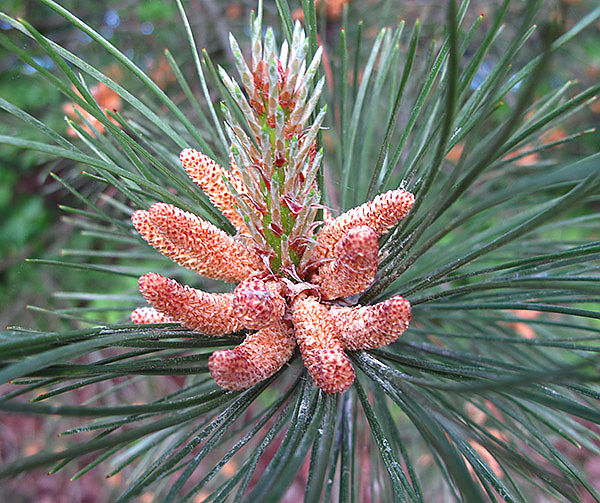Identification:
Leaves—
short, thin, stubby, dark green in color
Twigs—
long, not very thin, dark green in color
Fruit—
small smooth light brown pines
Bark—
rough fragile texture, dull gray brown color
Natural History:
Lifespan—
On average, 150–300 years.
General description—
This European tree has been used in the US since colonial days. (It can’t grow in the South.) This is the most widely distributed pine across the world. It can adapt to certain soils and can even extract soil nutrients.
Natural distribution and habitat—
Native to Europe. (It can grow in all European regions.)
Conservation status—
Even though it is a hardy tree, not many of them are grown due to sensitivity to nematode roundworms.
Uses—
Used in timber industry.




